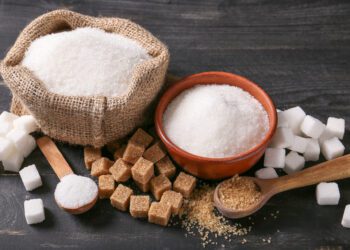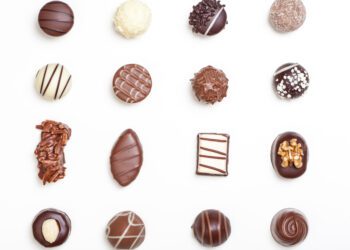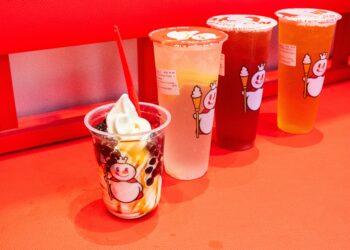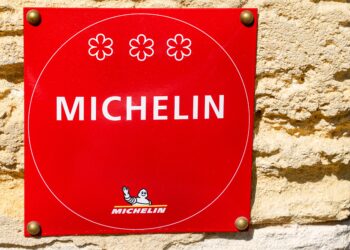A whisky created by a little-known artisanal distillery in a seaside village more than a century ago — and bottled 50 years later — has become a holy grail among connoisseurs. One of just 24 bottles ever made comes to Christie’s this December
The year 1919, sandwiched between the end of the First World War and the start of the Depression, might not sound like an auspicious one. But to collectors of rare spirits, it is of great significance.
It was the year that Springbank, a small, family-run distillery in the village of Campbeltown on Scotland’s rugged west coast, created one of the world’s most coveted whiskies.
Since the 17th century, Campbeltown had been an infamous center for the production of bootleg whisky. The village’s close proximity to good coal, plentiful barley and pure water — as well as a maze of local lochs trawled by fishing sloops — made it the ideal spot for distilling and smuggling activities.
Campbeltown’s fortunes boomed, and over the following 200 years, one by one, the whisky businesses turned legitimate. Springbank was founded in 1828 by Archibald Mitchell, the descendant of a family of maltsters from the lowlands, on the site of his illicit still.
Within a few decades, Campbeltown had become the ‘Whisky Capital of the World’, and it was said that its 1,969 residents were the richest of any village in Britain.
By the beginning of the 20th century, however, many of the Campbeltown stills had run dry. War, recession and American prohibition decimated the market. The closure of a nearby mine, a shortage of oak casks and a fall from favor of the local whisky’s intense, peaty flavor only added to the problems.
As a result, the number of Springbank’s competitors in the area fell from more than 30 to just one.
‘It’s nothing short of a miracle that anything was distilled in 1919,’ says Noah May, head of the Wine and Spirits department at Christie’s.
Demand continued to dwindle, and more of Campbeltown’s whisky was poured into the local loch than bottled. Yet, fortunately, Springbank’s cask of 1919 single malt remained hidden away.
The company’s dedicated distiller would take a small sample from the barrel annually, until, after an almost unprecedented 50 years, in 1970, it was deemed ready for bottling.
What happens to whisky kept in a barrel for so long?
‘Well, 80 per cent of a whisky’s final character, including taste and color, comes from the barrel,’ says May. ‘In this case, Springbank used an oak cask, which gives the whisky deep notes of caramel and vanilla, as well as a golden tone.’
May also explains that, over time, the so-called ‘angels’ share’ of water and alcohol also evaporates from the barrel, leaving behind a more intensely flavored liquid.
‘This barrel would initially have contained about 200 liters of whisky,’ he says, ‘but after half a century the majority had been “shared”. In fact, there was only enough whisky left to fill 24 bottles.’
Today, particularly old expressions of whisky — especially single malts — are immensely popular, but rewind to the first half of the 20th century and this wasn’t the case. ‘Back then, the distilleries didn’t plan ahead and store their whisky for long periods,’ explains May. ‘That’s why there are so few vintages from this era with such a long maturation, which is what pushes their prices up now.’
Last August, a tiny 5cl bottle from the same cask of 1919 Springbank sold at auction for £6,440, becoming the world’s most expensive miniature.
In 2013, a full-size bottle from the batch of 24 sold for £50,000. In 2019, another fetched £266,200.
The bottle being offered at Christie’s in December — number four from the batch of 24 — remained cellared at Springbank until 1997, when it was purchased by the Queen’s grocers, Fortnum & Mason.
Springbank 1919, 50-Year-Old. 1 bottle per lot. Estimate: £200,000-280,000. Offered in Finest and Rarest Wines and Spirits, 2-3 December 2021 at Christie’s in London.
LONDON
2 – 3 DECEMBER 2021
(Courtesy Christie’s)












